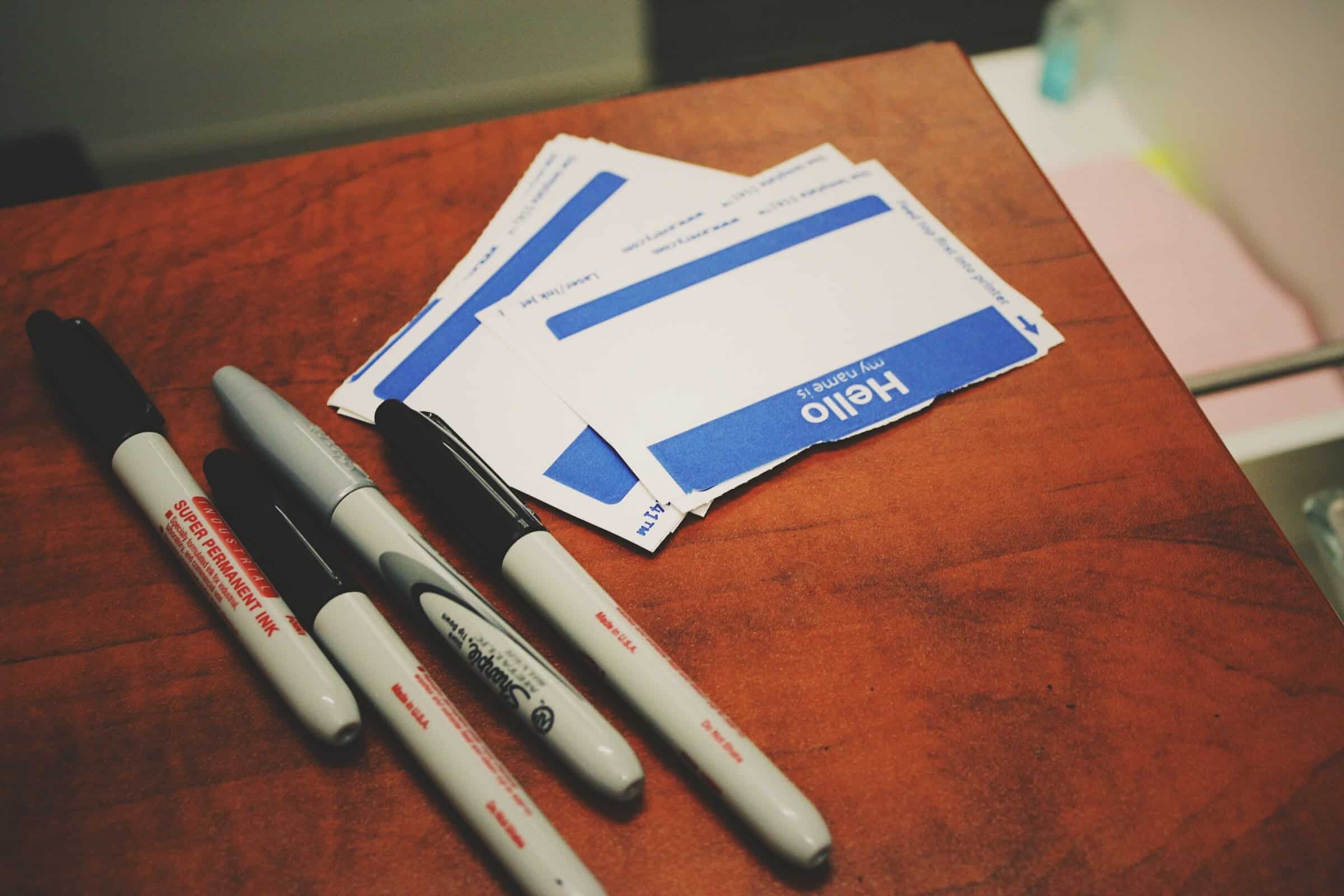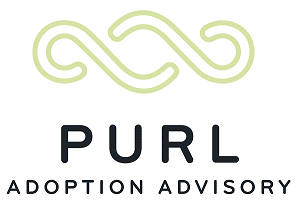
Naming your child is a big deal, many people have family names or favorite names they have picked out for their child for years before their child arrives. But in an adoption scenario, there are a lot of things to consider when naming or “re-naming” a child at the finalization of an adoption. Read more below to understand better how a child is initially named in an adoption scenario, and how that is reflected on two different birth certificates.
In the first hours or days after a delivery of a child, the hospital where the child is born will typically send someone from vital records to the expectant mother’s room and require her to complete information necessary for the child’s birth certificate. At that time, the mother who gave birth to the child will have the opportunity to put the child’s name on the birth certificate, if she wishes. This happens regardless whether she is intending to make an adoption plan for her child. She may choose to put a name she has selected, a name the prospective adoptive parents have selected (typically if that has been decided and discussed), or she may wish to leave it as Baby Boy/Baby Girl Doe (her last name or the last name of the expectant father). The mother who gave birth to the child will be listed as the mother on the birth certificate, and she may or may not include the name of the birth father. An original birth certificate is then generated with the information provided. However, if that expectant mother decides to proceed to an adoption, that name is changed at the finalization of an adoption and a new amended birth certificate is issued for the child. In the amended birth certificate, the adoptive parents are listed as the birth parents of the child.
The adoptive family has the complete discretion to decide on the child’s name that is listed on the amended birth certificate, and at least the last name is typically changed to that of the adoptive family. However, we encourage prospective adoptive families to take great care when considering whether to change the first or middle name of the child through adoption if a birth family has named the child specifically. In fact, if there is any openness between the expectant family and the prospective adoptive family we encourage a dialogue specifically about the name of the child, ideally before the birth family is faced with the task of naming the child with vital records. I typically recommend my Purl families try and broach this subject before birth and come up with a list of names that they like, and if given the opportunity, get feedback about names from the expectant mom, and maybe even try to select either a first or middle name together. Naming a child is one of the last things that an expectant mom can do for her child she places for adoption, and it can be a complicated discussion with a child through adoption later in life if the adoptive family changed the name given by the birth family. Names can also have meanings culturally and historically for birth families, so it is important to consider those factors as well when deciding on a name.
In many of the adoptions I have been apart of, over the last three years, the birth family and adoptive family have selected the name of the child together, or the adoptive families have including the birth family’s chosen name in some way. Sometimes the name is included either by keeping the name altogether, using the given first name as a middle name, or some variation of those circumstances. Keep in mind that some birth mothers may not want the name they choose to be included in the name after an adoption. Instead, they might prefer to have that name be the one they use alone. That is why it is helpful to have a discussion about the child’s name before the birth or at least before the birth mother completes the vital information. If it is not possible, we encourage prospective adoptive families to get feedback from the placing agency or attorney about the birth mother’s wishes, if known, before an adoption is finalized.
Currently, there are still limitations in many states on an adoptees’ access to their original birth certificate. In some states and settings, members of the triad are able to obtain a copy of the original birth certificate. In others, that information is sealed and kept confidential by the state’s registrar of vital records and can only be obtained by a court order. In other states, the original birth certificate can be obtained with the consent of the birth family, adoptive family and adoptee or by one of the them individually, but sometimes only when the adoptee reached majority. For more information about different state’s laws on access to adoption records, including the original birth certificate, visit the Child Welfare Information Gateway.

Naming your child is a big deal, many people have family names or favorite names they have picked out for their child for years before their child arrives. But in an adoption scenario, there are a lot of things to consider when naming or “re-naming” a child at the finalization of an adoption. Read more below to understand better how a child is initially named in an adoption scenario, and how that is reflected on two different birth certificates.
In the first hours or days after a delivery of a child, the hospital where the child is born will typically send someone from vital records to the expectant mother’s room and require her to complete information necessary for the child’s birth certificate. At that time, the mother who gave birth to the child will have the opportunity to put the child’s name on the birth certificate, if she wishes. This happens regardless whether she is intending to make an adoption plan for her child. She may choose to put a name she has selected, a name the prospective adoptive parents have selected (typically if that has been decided and discussed), or she may wish to leave it as Baby Boy/Baby Girl Doe (her last name or the last name of the expectant father). The mother who gave birth to the child will be listed as the mother on the birth certificate, and she may or may not include the name of the birth father. An original birth certificate is then generated with the information provided. However, if that expectant mother decides to proceed to an adoption, that name is changed at the finalization of an adoption and a new amended birth certificate is issued for the child. In the amended birth certificate, the adoptive parents are listed as the birth parents of the child.
The adoptive family has the complete discretion to decide on the child’s name that is listed on the amended birth certificate, and at least the last name is typically changed to that of the adoptive family. However, we encourage prospective adoptive families to take great care when considering whether to change the first or middle name of the child through adoption if a birth family has named the child specifically. In fact, if there is any openness between the expectant family and the prospective adoptive family we encourage a dialogue specifically about the name of the child, ideally before the birth family is faced with the task of naming the child with vital records. I typically recommend my Purl families try and broach this subject before birth and come up with a list of names that they like, and if given the opportunity, get feedback about names from the expectant mom, and maybe even try to select either a first or middle name together. Naming a child is one of the last things that an expectant mom can do for her child she places for adoption, and it can be a complicated discussion with a child through adoption later in life if the adoptive family changed the name given by the birth family. Names can also have meanings culturally and historically for birth families, so it is important to consider those factors as well when deciding on a name.
In many of the adoptions I have been apart of, over the last three years, the birth family and adoptive family have selected the name of the child together, or the adoptive families have including the birth family’s chosen name in some way. Sometimes the name is included either by keeping the name altogether, using the given first name as a middle name, or some variation of those circumstances. Keep in mind that some birth mothers may not want the name they choose to be included in the name after an adoption. Instead, they might prefer to have that name be the one they use alone. That is why it is helpful to have a discussion about the child’s name before the birth or at least before the birth mother completes the vital information. If it is not possible, we encourage prospective adoptive families to get feedback from the placing agency or attorney about the birth mother’s wishes, if known, before an adoption is finalized.
Currently, there are still limitations in many states on an adoptees’ access to their original birth certificate. In some states and settings, members of the triad are able to obtain a copy of the original birth certificate. In others, that information is sealed and kept confidential by the state’s registrar of vital records and can only be obtained by a court order. In other states, the original birth certificate can be obtained with the consent of the birth family, adoptive family and adoptee or by one of the them individually, but sometimes only when the adoptee reached majority. For more information about different state’s laws on access to adoption records, including the original birth certificate, visit the Child Welfare Information Gateway.



